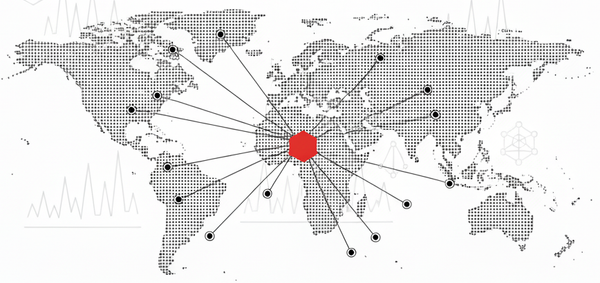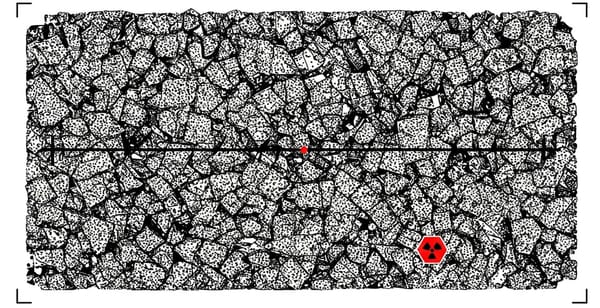#MARCH2025 NEWSWIRE
Explore the top innovations and policy updates in radiation detection from March 2025—impacting security, medicine, and nuclear tech.

Technological Breakthroughs in Radiation Detection
Compact Nuclear Detector (University of the West of Scotland)
- UWS introduced a portable LaBr₃(Ce) detector—small enough for field deployment, powerful enough for nuclear labs.
- Developed by faculty and students, it enhances radiation safety and enables clean energy research and medical diagnostics.
- The detector will be deployed at the top labs globally, including CERN.
Laser-Based Standoff Detection
- A new technique uses laser pulses to create “lightning balls” in the air, revealing radiation from up to 10 meters away.
- Published in Physical Review Applied, this contactless method could reach 100 meters—ideal for remote nuclear monitoring.
Drone-Based Detection (ORNL + Arktis)
- ORNL drones use Arktis detectors to map radioactive hazards in real time.
- Offers improved safety over manned flights and faster response in emergencies.
- Drones fly “low and slow” to detect weaker sources, ideal for nuclear security and public safety
🤖 CARMA II: Radiation-Mapping Robot
- UK-built robot autonomously maps contamination in nuclear decommissioning zones.
- Developed by the University of Manchester, RAICo, and Ice Nine Robotics.
- Deployed at Sellafield, it delivers high-resolution maps while keeping humans out of danger zones.
Omnidirectional Gamma/Neutron Imager
- This new imager is built from 62 CLLBC modules, which detect gamma rays and neutrons in 360°.
- Fuses real-time 3D mapping with radiation data, acting like a “GPS for radiation hotspots.”
- Applications include homeland security and nuclear site cleanup.
Regulatory and Industry Movements
US Nuclear Corp: Expansion and Safety Focus
- Cut quarterly losses by 89% and grew revenue 9.6% YoY.
- Launching bundled safety packages for first responders, police, and plant operators.
- Reflects growing demand for accessible radiation monitoring solutions.
DHS + PSI: Protecting Public Events
- DHS awarded PSI an SBIR grant to develop real-time threat detection for crowded venues.
- It goes beyond Geiger counters and offers fast source localization in dense, mobile environments.
- Target applications like Times Square during New Year’s or transport hubs.
IAEA at Chornobyl: Vigilance Amid Conflict
- Following a drone attack on the New Safe Confinement structure, the IAEA reaffirmed safety protocols.
- Continuous monitoring, thermal imaging, and drone surveillance showed no radiation leaks.
- Highlights the IAEA’s commitment to radiation safety even in war zones.
Medical & Environmental Monitoring
Qatar’s Dose Monitoring Program (HMC)
- Hamad Medical Corporation launched a hospital-wide Radiation Dose Monitoring Program.
- Automatically tracks and alerts clinicians on patient radiation exposure.
- Helps reduce unnecessary doses while optimizing diagnostic quality—especially for chronic care patients.
Environmental Radiation Monitoring Advances
- New models optimize sensor placement around nuclear facilities using plume simulations.
- Drones now survey post-wildfire areas to detect disturbed radioactive particles.
- Ocean and atmospheric detectors track long-term environmental contamination from nuclear activity.
Academic Highlights and Collaborations
TERI Space Gamma-Ray Imager (CZT Tech)
- Built with large CdZnTe semiconductors, TERI will test space-readiness for radiation detection from the ISS.
- It also aims to detect cosmic gamma-ray bursts, which are helpful for astrophysics and defense monitoring.
- Set to launch on DoD’s STP-H10 mission in 2025.
Cross-Sector Innovation
- CARMA II, the compact UWS detector, and PSI’s event safety tech all result from partnerships between universities, industry, and government.
- March also saw highlights from India’s RADNET-V conference, showcasing collaborative projects from students to startups.
Final Thoughts
💬 Have questions or want to spotlight your innovation? Please drop us a comment or subscribe for monthly updates.




